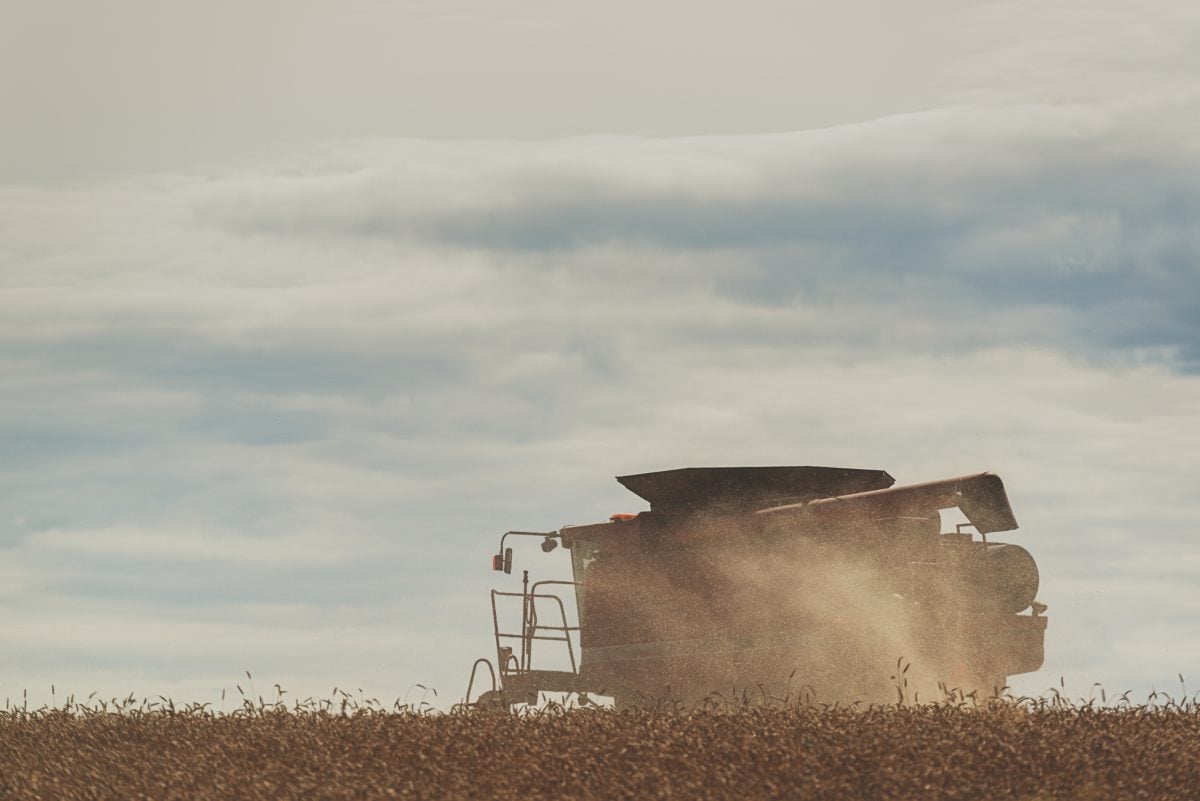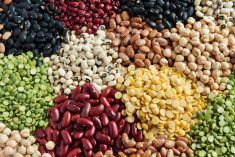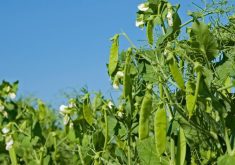MarketsFarm — Lower prices are expected to lead to a drop in Canadian chickpea acres in 2019, but the future is bright for the crop as new consumer markets gain popularity.
Seeded acres for chickpeas almost quadrupled between 2017 and 2018, rising from 160,000 to 442,900, respectively. Since inventory from the 2018 growing season is still high, 2019 will only see approximately 300,000 seeded acres.
“A lot of farmers grew chickpeas in 2018, because we all grow on last year’s pricing,” explained Melody Ector, president of Diefenbaker Spice and Pulse at Elbow, Sask.
Read Also

Western Australia could reap record harvest as crop estimates rise again, GIWA says
Western Australia will produce nearly 1 million metric tons more wheat this season than was expected a month ago, an industry group said on Friday.
Prices began to decline during the 2018 harvest, and have yet to recover. Chickpeas aren’t the only pulse that is suffering — most pulse prices have declined thanks to a soured trade relationship between Canada and India.
“It’s hard for a farmer to know what to grow, because everything is down,” said Ector.
“Prices aren’t favourable for really any pulses. So you just have to pick one and hope for the best.”
Chickpeas are currently trading between 24 and 25 cents/lb., and aren’t expected to bounce higher any time soon.
Despite a weakened international appetite for Canadian chickpeas, food market trends in North America are warming up to the bean’s versatility.
Chickpea flour, a long-time staple in Indian cuisine, is a gluten-free alternative found in many popular recipes on high-profile cooking websites. Similarly, aquafaba, or whipped chickpea liquid, can be used as a vegan replacement for egg whites.
“There’s lots of research and development on pulse proteins and pulse flour, but it takes a while to develop the market,” Ector said.
“I would think it’s going to increase in popularity every year, but it’s going to take time.”
— Marlo Glass writes for MarketsFarm, a Glacier FarmMedia division specializing in grain and commodity market analysis and reporting.
















